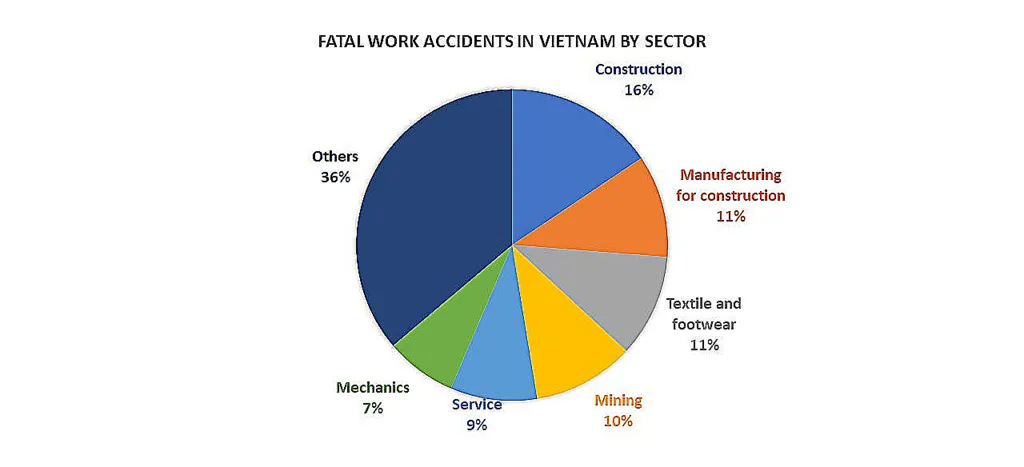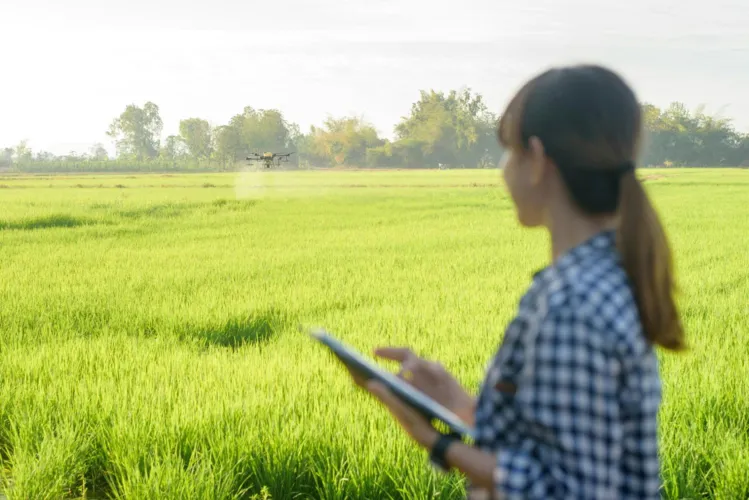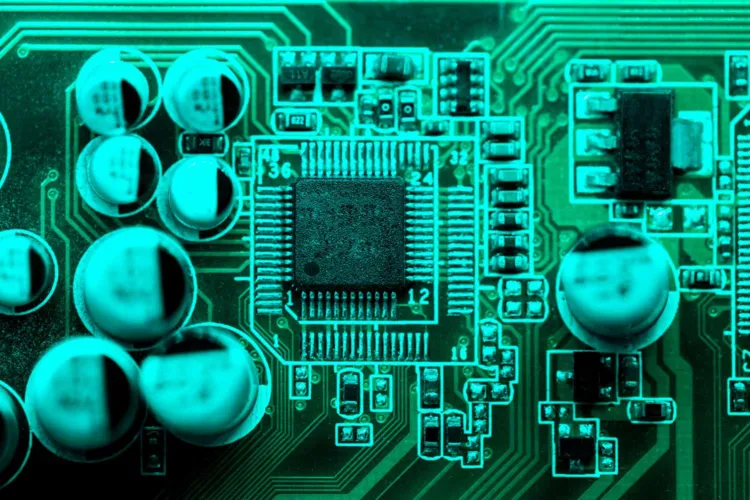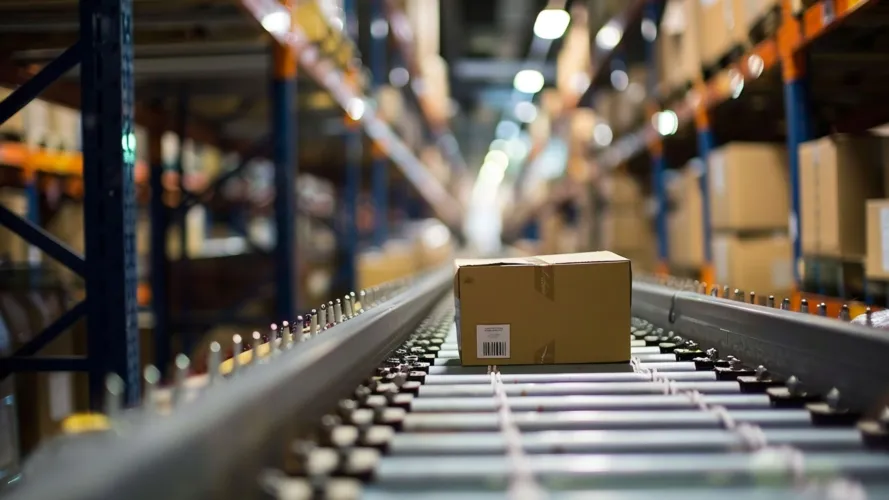Vietnam’s construction industry is rapidly evolving, with Vietnam Construction Safety Innovations playing a crucial role. Stricter regulations, new technologies, and digital solutions are reshaping worker safety. These advancements aim to reduce risks in a sector that significantly contributes to Vietnam’s GDP.
BIM: A Game Changer in Vietnam Construction Safety Innovations
Since March 2023, Vietnam has mandated Building Information Modeling (BIM) for all construction projects. BIM enables virtual simulations, helping to detect risks such as unsafe access routes and hazards from working at heights. This proactive approach reduces accidents by identifying potential dangers before construction begins.
The Growing Workplace Safety Market

Vietnam’s workplace safety market is set to expand significantly from 2024 to 2030. The construction sector holds the second-largest share, highlighting a strong focus on safety innovations. Companies are investing in Personal Protective Equipment (PPE), real-time monitoring systems, and training programs to enhance workplace safety standards.
Post-Pandemic Acceleration of Vietnam Construction Safety Innovations
Over 60% of Vietnamese construction firms have adopted contactless safety technologies post-COVID-19. Tools like temperature screening and occupancy monitoring help reduce health risks. Additionally, 45% of firms have integrated cloud-based safety management systems for remote compliance tracking.
Regulatory Reforms Driving Change
Vietnam is implementing stricter laws to ensure worker protection. The government has introduced policies on using advanced materials and safety procedures. Training initiatives, such as the Apply Workplace Safety and Health in Construction Sites course, are addressing skill gaps and improving compliance with updated safety regulations.
AI and Real-Time Monitoring in Construction Safety
Leading companies like SafeTech Innovations are at the forefront of Vietnam’s construction safety market, integrating AI-powered PPE detection tools and real-time monitoring systems to enhance worker protection. These advanced safety technologies automatically detect compliance with protective gear requirements. They ensure that workers wear helmets, gloves, and vests before entering hazardous zones. Additionally, IoT-enabled wearables track workers’ movements, detecting fatigue, heat stress, or exposure to dangerous conditions.
For example, several high-rise projects in Ho Chi Minh City have adopted AI-based safety monitoring systems, leading to a 30% reduction in PPE violations within the first year. Real-time location tracking also helps site managers react quickly to potential hazards, reducing the risk of accidents.
Economic Impact of Vietnam Construction Safety Innovations
With construction spending making up 60–70% of Vietnam’s GDP, improving safety is not just a regulatory necessity. It’s also an economic priority. Workplace accidents can cause severe financial setbacks, including project delays, legal liabilities, and reputational damage for companies. A report from Vietnam’s Ministry of Construction estimated that each construction-related accident results in an average delay of 10 to 15 days, leading to millions in lost revenue annually.
By implementing safety-first strategies, companies can significantly lower operational costs. Firms that invest in AI-driven risk assessments and automated safety training programs have reported a 25% reduction in insurance claims and medical expenses. More importantly, safer working environments attract skilled labor and international investors. Thus, positioning Vietnam as a more competitive player in the global construction market.
Vietnam is taking major strides in construction safety through technology adoption and regulatory reforms. From BIM integration to AI-driven monitoring, these Vietnam Construction Safety Innovations are creating safer workplaces. As the sector continues to grow, safety will remain a top priority, ensuring a secure future for construction workers in Vietnam.







